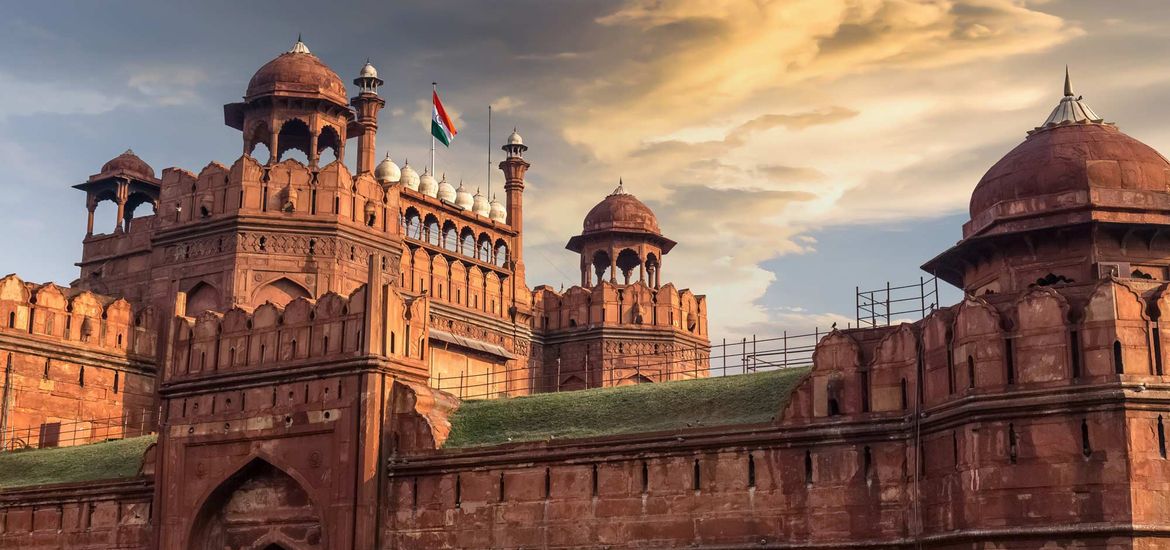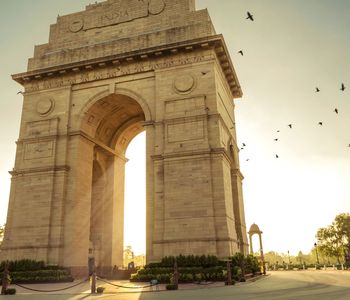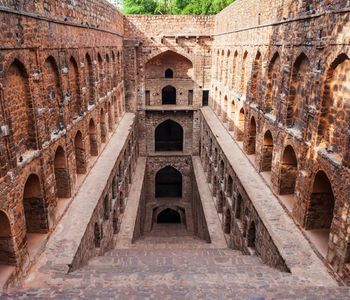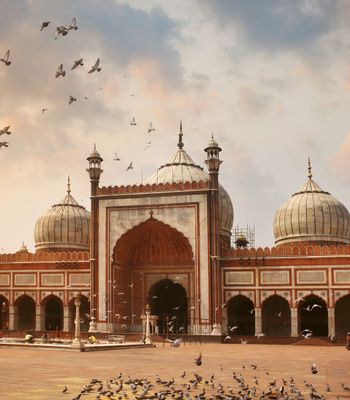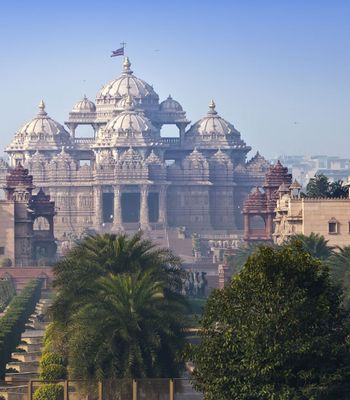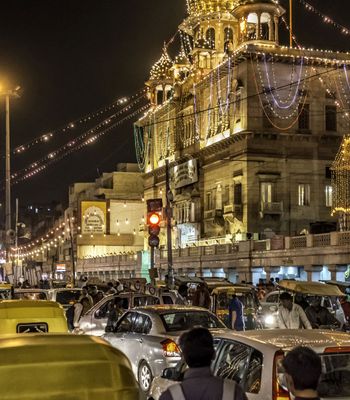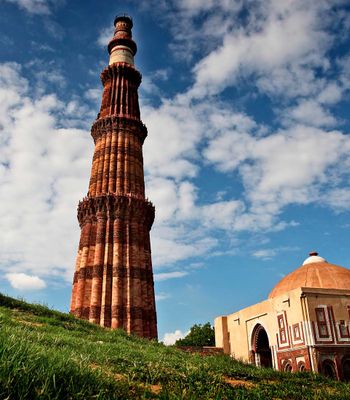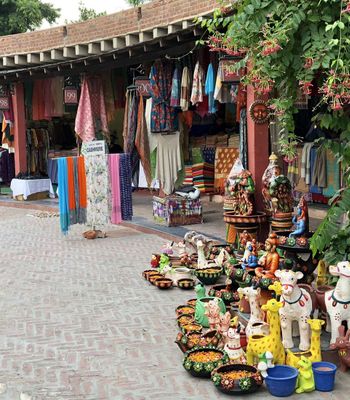With a size of over 250 acres, the Red Fort in Old Delhi is a national treasure. As a UNESCO World Heritage site, the Red Fort captivates both tourists and locals alike. Because of its large size, taking a full day to explore the grounds is highly recommended. Learn more about the Red Fort and how to make the most of your upcoming visit right now.
A Brief History
When the fifth emperor of India came into power, he wanted a grand palace and capital built in Delhi. Ultimately, Emperor Shah Jahan approved an area near the Yamuna River for the capital move from Agra. From 1638 to 1648, construction took place until every section was completed.
Overall, the Red Fort houses grand halls, multiple palaces, distinct gardens, balconies and a mosque. With 75-foot walls enclosing the entire property, the Red Fort became an instant landmark for the Indian people.
Architecture and Design
Because the Red Fort was created by the same Emperor as the Taj Mahal in Agra, both structures have ornate designs and distinct materials. However, the Red Fort gained its name from the red sandstone used for its construction. Indeed, red sandstone is the dominant material used across the Fort's structures, but the builders relied on marble, too.
From above, the Fort has an octagonal shape as the walls encircle the entire complex. To protect the Fort, there are only two entry gates on the southern and western sides. As a result, the west and east sides have lengthier sections with no access to the Fort's interior.
Exploring the Gates
The west gate is the main entrance to the Red Fort. Here, look up at the three-story structure built into this section. For example, the architecture includes octagonal towers, open pavilions and multi-shaped arched panels. Also known as the Lahori Gate, this area also serves as a celebratory space during India's Independence Day.
On the south side, the Delhi Gate offers a nearly identical entrance into the Fort. Constructed of both red sandstone and white stone, the gate also includes seven domes that connect the pavilions. With a unique section of stone elephants flanking the gate's interior spaces, the Delhi Gate is a more discreet way of entering the Fort on busy days.
Inside Red Fort
Multiple halls make up some of the highlights at the Red Fort. Typically, visitors focus their walks through Diwan-i-khas, Sheesh Mahal and Diwan-i-Aam. Although these vast spaces are referred to as halls, they also house thrones, fountains and intricately decorated architecture.
Also, a favorite place to visit within the Fort is inside of the Lahori Gate. As a popular bazaar, Chatta Chowk gives visitors a thrill with available items for purchase, including gemstones and silk. As a space that dates back to the 1600s, shopping at the bazaar is a unique part of your Fort visit.
Discovering the Museum
With six galleries to explore, the Red Fort Museum contains countless numbers of archaeological artifacts from several Mughal emperors. For example, gaze upon carpets, swords, miniature paintings and textiles that come from the Fort's royal days. Remarkably, the museum houses a section dedicated to Emperor Bahadur Shah II's queen. Here, discover relics such as power horns, rose water sprinklers and even a photograph.
Because the museum resides in the Lal Kila complex, you have access to the Pearl Mosque, royal baths and gardens. Take your time throughout the complex to see all the detailed exhibits while dedicating a moment to meditation in the quieter areas. Amazingly, the Fort's history is carefully preserved within the red sandstone walls.
Considering an Evening Visit
The sound and light show is a spectacular way to experience the Red Fort at night. Generally, this show plays twice a night with an hour-long break between the two performances. As the music and lights combine across the Red Fort's facade, then you'll see a story play out. In short, it summarizes the Mughal reign during the Fort's construction.
Best Ways to Reach
The best way to travel to the Red Fort is either by railway, bus or private car. Ideally, take the railway to the Chandni Chowk station. From here, you can walk or hire an auto rickshaw for the remaining 1.6 kilometers.
From Central New Delhi, a bus ride takes around 30 to 40 minutes to reach the Fort. Alternatively, a car ride might take around 15 minutes for the same journey.
Knowing Critical Details
The Red Fort is open every day of the week except for Monday. Admission hours run from 9:30 a.m. to 4:30 p.m. Preferably, visit on a day with moderate weather so that you can enjoy both the interior and exterior sections. Also, weekday visits often have smaller crowds.
In addition, there are separate fees for the Fort itself and the nighttime light show. Typically, locals have an admission discount compared to tourists. In the end, you can buy the Fort admission and the show's entrance fee to round out a full day at this historic site.
Because the Red Fort's purpose was to commemorate the capital's move from Agra to Delhi, it was designed as a small city protected by strong walls. Visiting this wonder when you can dedicate some time to walking the grounds is how you can learn all about India's history and culture. Bring your camera, and observe the details throughout the Red Fort on your next trip.
